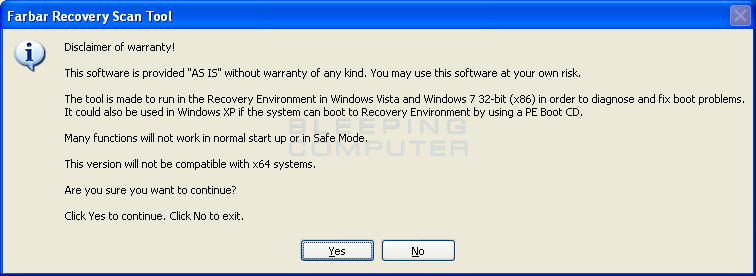I put together a PC out of parts I had, then installed Win10 on the SSD. Also Microsoft Office and Chrome. A few days later, during a Windows update, it bricked: the screen showed the blue 4-square flag, and there was a little circle spinning around. Forever.
I re-installed Win10, and everything looked good. But a few days later, random--and I do mean random--things started to happen. First, most of the Start menu disappeared; all that was left were things like cmd.exe and a handful of similar utilities, which showed up only if you did a right click on the Start icon. And some of them worked, but some seemed not to do anything--no app ever appeared. Fortunately File Explorer was one thing that worked, and in wandering around the file system, I noticed that e.g. the Default User's Start Menu was set to Deny All. I removed the Deny All settings I found, but never did get the normal start menu back for either of the two users' accounts.
As I say, some of the menu items worked, some didn't; the Settings item did nothing, but the Control Panel seemed to work normally. Chrome ran from the desktop icon. I ran two different virus scans (full, including scan at boot time in case of root problems), nothing found.
I decided to run chkdsk /F. Since I was running it on the same disk that Windows was installed on, this required a reboot. Chkdsk reported errors, and said it fixed them, but then it got into an infinite loop of running, rebooting, finding errors etc. from which it never recovered. So that was the end of that installation.
I was able to plug this SSD into another computer (with some trepidation, in case this was a virus issue), and ran both chkdsk and another virus scan from the other computer on this SSD. Both say there are no problems.
At this point, the computer is unusable. I guess I could install Win10 a third time, but I first want to understand what went wrong. I have three hypotheses:
Do any of these make sense? Are there other things I should be looking for?
I re-installed Win10, and everything looked good. But a few days later, random--and I do mean random--things started to happen. First, most of the Start menu disappeared; all that was left were things like cmd.exe and a handful of similar utilities, which showed up only if you did a right click on the Start icon. And some of them worked, but some seemed not to do anything--no app ever appeared. Fortunately File Explorer was one thing that worked, and in wandering around the file system, I noticed that e.g. the Default User's Start Menu was set to Deny All. I removed the Deny All settings I found, but never did get the normal start menu back for either of the two users' accounts.
As I say, some of the menu items worked, some didn't; the Settings item did nothing, but the Control Panel seemed to work normally. Chrome ran from the desktop icon. I ran two different virus scans (full, including scan at boot time in case of root problems), nothing found.
I decided to run chkdsk /F. Since I was running it on the same disk that Windows was installed on, this required a reboot. Chkdsk reported errors, and said it fixed them, but then it got into an infinite loop of running, rebooting, finding errors etc. from which it never recovered. So that was the end of that installation.
I was able to plug this SSD into another computer (with some trepidation, in case this was a virus issue), and ran both chkdsk and another virus scan from the other computer on this SSD. Both say there are no problems.
At this point, the computer is unusable. I guess I could install Win10 a third time, but I first want to understand what went wrong. I have three hypotheses:
- Virus. But as I say, three different virus scans found nothing. None of the other computers in the house have had errors like this, and I don't believe this computer went to any suspicious websites.
- Hard drive (SSD) error. But the wide range of things that went wrong makes me think this is unlikely: I would expect a few spots in the drive to be bad, and to affect maybe one application (or data), but I would not expect this seemingly random set of errors of different kinds.
- RAM error. I haven't seen this happen for decades, but I suppose undetected errors in the RAM could lead to random errors. But the "Deny All" setting on several Start Menu folders seems suspicious.
Do any of these make sense? Are there other things I should be looking for?




